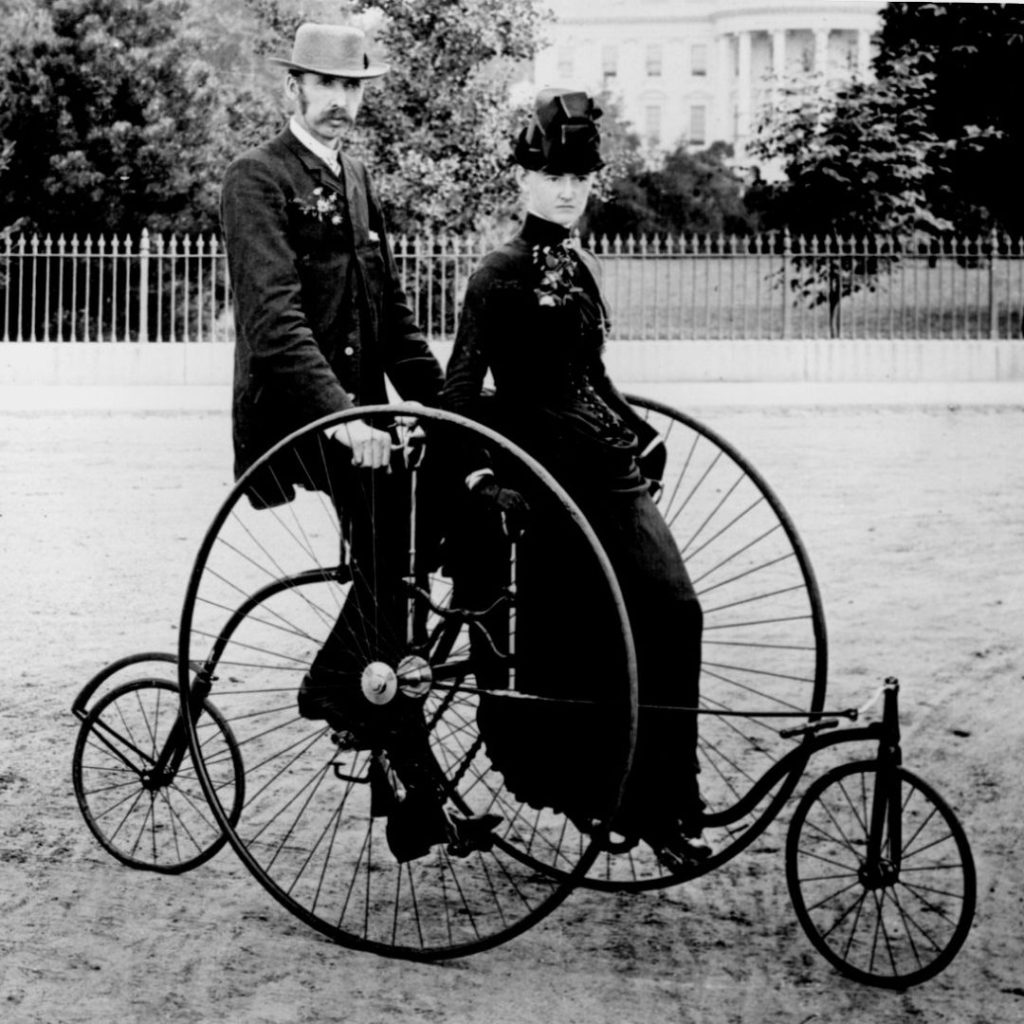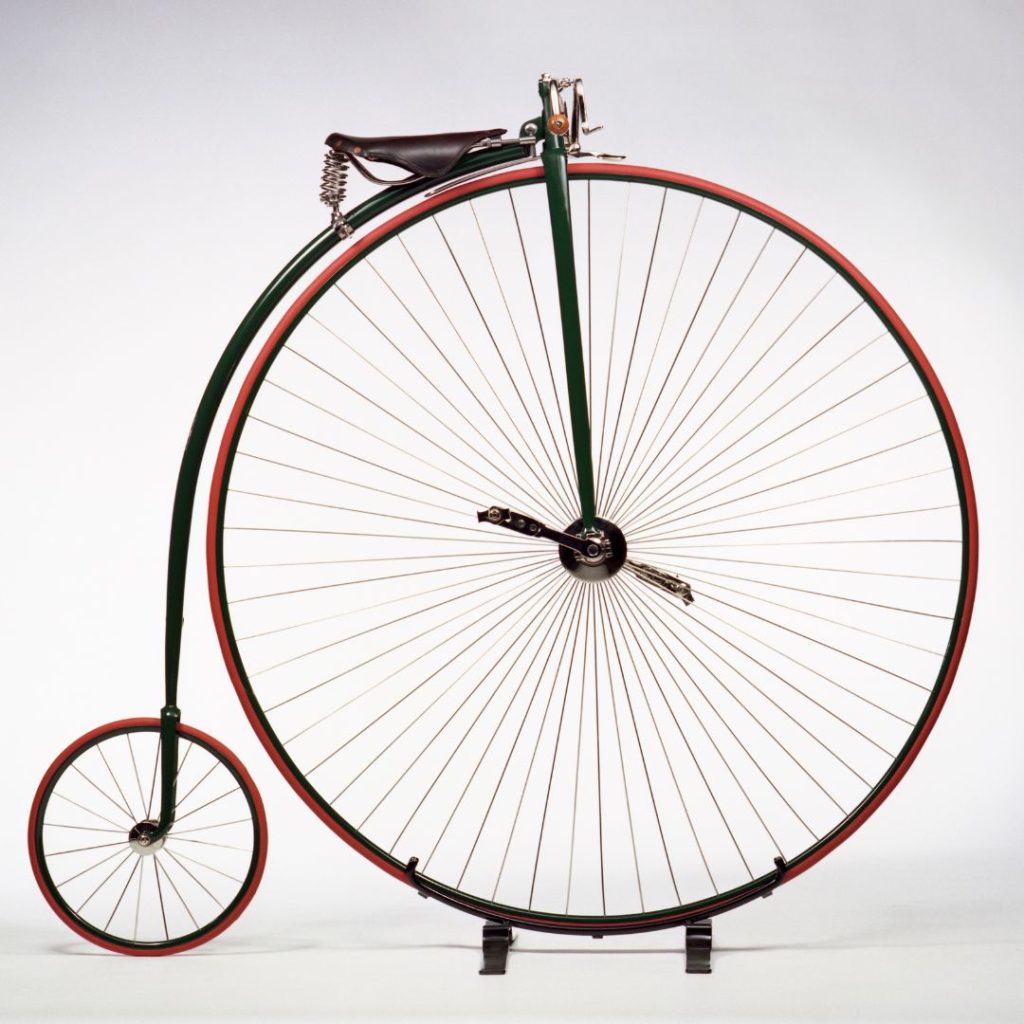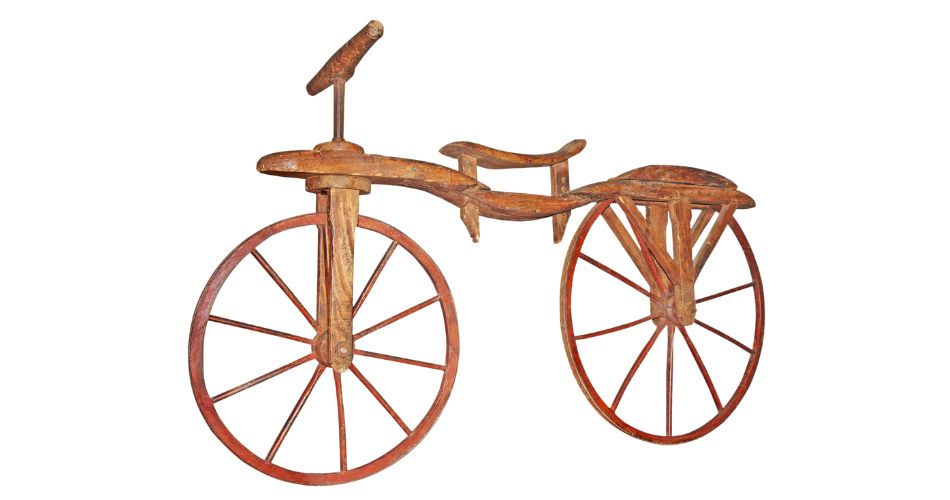Every year on June 3, the world celebrates World Bicycle Day, a United Nations–recognized observance that highlights the bicycle as a simple, affordable, and sustainable means of transportation. This day encourages people of all ages and backgrounds to embrace cycling for its health, environmental, and social benefits.
History of World Bicycle Day
World Bicycle Day was officially established on April 12, 2018, when the United Nations General Assembly adopted resolution A/RES/72/272. The initiative was spearheaded by Professor Leszek Sibilski, a Polish-American social scientist, who led a grassroots campaign with his students to promote the bicycle’s role in sustainable development. The resolution received support from Turkmenistan and 56 other countries, reflecting a global consensus on the importance of cycling. 1
The inaugural World Bicycle Day was celebrated on June 3, 2018. The official logo, designed by Isaac Feld and animated by Professor John E. Swanson, features cyclists of various types riding around the globe, symbolizing the bicycle’s universal appeal and its contribution to human progress.
Why is World Bicycle Day important?
Bicycles are more than just a mode of transport; they are tools for social change. In many parts of the world, bicycles provide access to education, healthcare, and employment, especially in rural areas where other forms of transportation are scarce or unaffordable. By promoting cycling, we can address issues of mobility and equity, empowering individuals and communities alike.
Moreover, cycling contributes to environmental sustainability. As a zero-emission mode of transport, bicycles help reduce air pollution and greenhouse gas emissions. Encouraging cycling can alleviate traffic congestion in urban areas and promote healthier lifestyles, reducing the burden on healthcare systems. World Bicycle Day serves as a reminder of these multifaceted benefits and the need to invest in cycling infrastructure and policies.
- It’s a day to recognize the bicycle’s role in sustainable development.
- Highlights the importance of cycling for health and well-being.
- Encourages investment in cycling infrastructure and safety.
- Promotes equity by providing mobility to underserved communities.
- Raises awareness about the environmental benefits of cycling.
How to Celebrate World Bicycle Day
Celebrating World Bicycle Day can be as simple as taking a bike ride in your neighborhood, or as involved as participating in organized cycling events. Many communities host bike rallies, workshops, and educational programs to promote cycling safety and awareness. Engaging in these activities can foster a sense of community and shared purpose.
Individuals can also advocate for better cycling infrastructure in their cities, such as bike lanes and parking facilities. Supporting local bike shops, sharing information about the benefits of cycling on social media, and encouraging friends and family to take up biking are other meaningful ways to observe the day.
- Go for a bike ride to explore your local area.
- Participate in community cycling events or workshops.
- Advocate for improved cycling infrastructure in your city.
- Support local bike-related businesses and initiatives.
- Share your cycling experiences on social media to inspire others.
The Bicycle: Fun Facts and the Ride Through History




Old wooden bike from the twenties of the 19th century
- The very first version of a bicycle didn’t have pedals!
Invented in 1817 by German Baron Karl von Drais, the “Laufmaschine” (running machine), also known as the Draisine, was essentially a wooden frame with two wheels. Riders would push off the ground with their feet—imagine scooting around on a giant wooden balance bike! - The name “bicycle” wasn’t used until the 1860s.
The term came with the arrival of pedal-powered models in France, notably the “boneshaker”—a nickname for early designs that had iron tires and a jarringly bumpy ride on cobbled streets. - The penny-farthing wasn’t just quirky—it was revolutionary.
This 1870s high-wheeler, with its enormous front wheel, allowed faster speeds thanks to the larger wheel covering more ground per pedal turn. But it was tricky (and dangerous!) to mount and stop. Falls from these were nicknamed “taking a header.” - The safety bicycle changed everything.
In the 1880s, the invention of the “safety bicycle”—with equal-sized wheels, a chain drive, and pneumatic tires—ushered in the modern bicycle era. It was safer, more comfortable, and suitable for all ages. Sound familiar? It’s the design we still use today! - Bicycles outnumber cars in many countries.
In places like the Netherlands and Denmark, bikes are a primary mode of transportation. Amsterdam alone has more bikes than people! These cities have bike-friendly infrastructure and culture deeply embedded in daily life. - Bicycles played a role in women’s independence.
In the late 19th century, bicycles became a symbol of freedom for women. Not only did cycling offer physical mobility, but it also influenced fashion—goodbye corsets, hello bloomers—and broader discussions on women’s rights. Suffragette Susan B. Anthony even said, “I think [the bicycle] has done more to emancipate women than anything else in the world.” - It’s one of the most efficient machines ever invented.
Pound for pound, a bicycle is incredibly energy-efficient. Humans on bicycles use far less energy per mile than any other mode of transportation, including walking! - Modern tech is pushing bikes into the future.
From lightweight carbon fiber frames and electric-assist bikes to GPS tracking and airless tires, the bicycle continues to evolve. But its simple, elegant design has stood the test of time for over two centuries.
World Bicycle Day Dates Table
| Year | Date | Day |
|---|---|---|
| 2025 | June 3 | Tuesday |
| 2026 | June 3 | Wednesday |
| 2027 | June 3 | Thursday |
| 2028 | June 3 | Saturday |
| 2029 | June 3 | Sunday |
Subscribe to our newsletter and never miss a holiday again!

